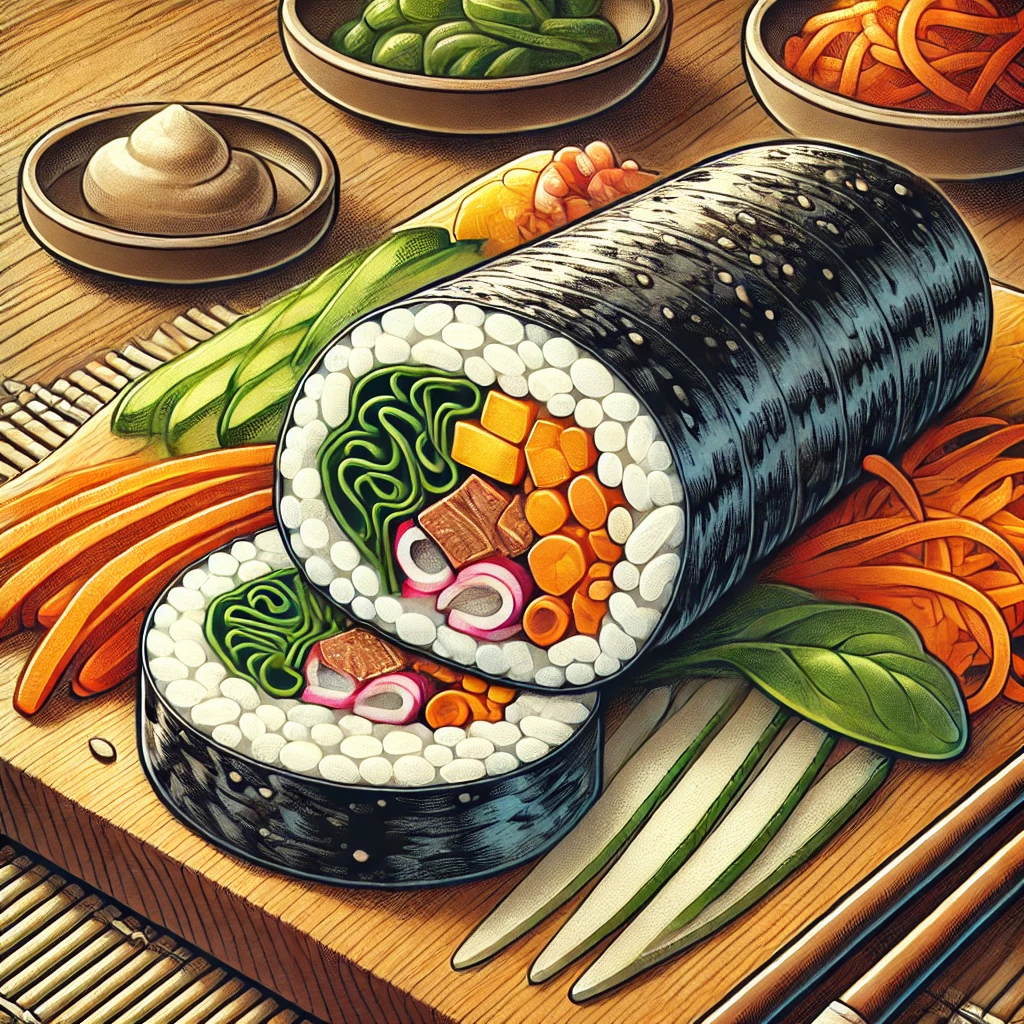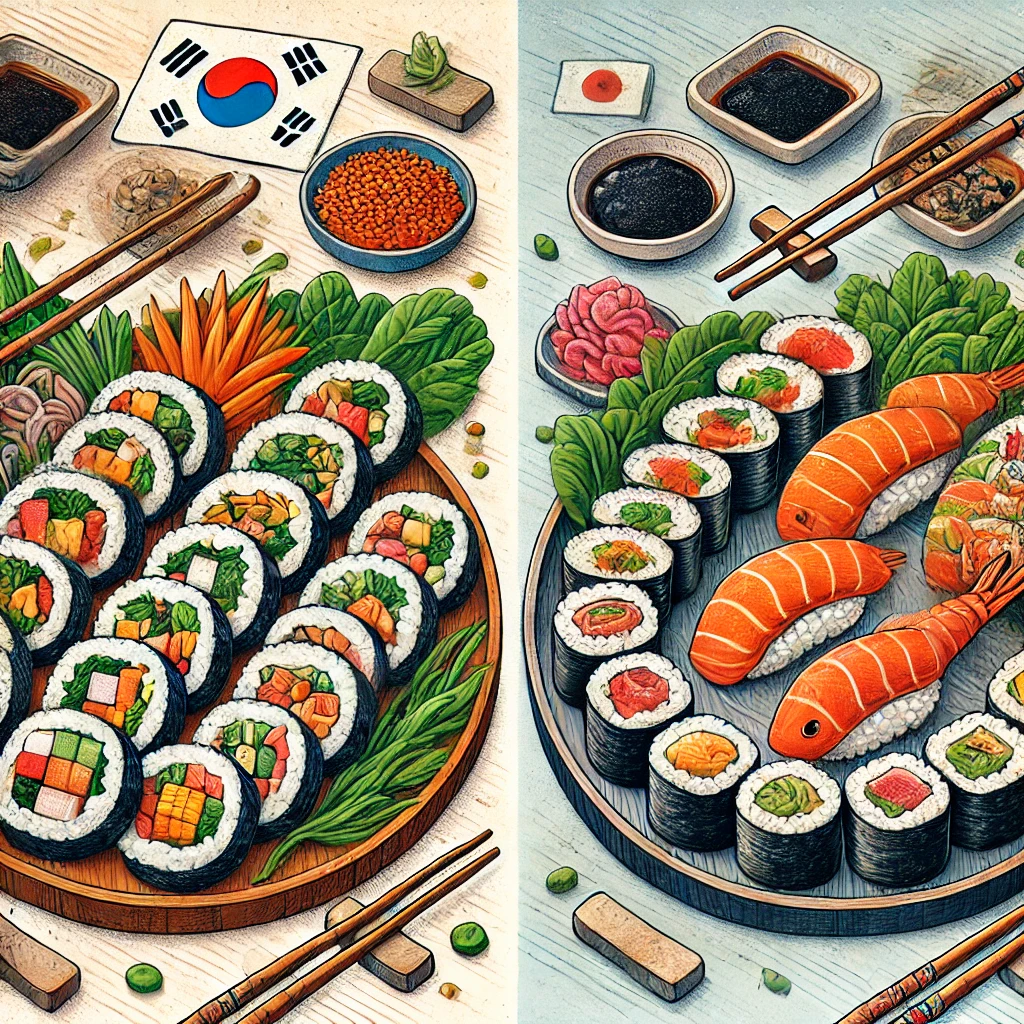Quiz: Is it Gimbap or Kimbap? Unravel the Delicious Mystery!
The debate over whether to call it "gimbap" or "kimbap" has confused many food enthusiasts. If you've ever wondered which term is correct, you're not alone. Let's dive into the origins, ingredients, and rising popularity of this beloved Korean dish, and clear up the confusion once and for all.

Gimbap vs. Kimbap: The Same Delicious Dish
Are Gimbap and Kimbap Different?
No, "gimbap" and "kimbap" refer to the same dish. The confusion arises from the romanization of the Korean word 김밥. In Korean, "gim" (김) means seaweed, and "bap" (밥) means rice. Depending on the romanization system used, it can be spelled as either "gimbap" or "kimbap". Both terms are correct and interchangeable.
Official Recognition
While both spellings are used, "gimbap" is often seen in more recent transliterations, aligning with the Revised Romanization of Korean, which is the official system in South Korea. Dictionaries and culinary references recognize both terms, but "gimbap" is becoming more standard in modern texts.
What Makes Gimbap Unique?
Ingredients and Preparation
Gimbap is a Korean rice roll that uses seasoned rice, a variety of vegetables, and often some type of protein, all wrapped in a sheet of seaweed. Common ingredients include:
- Rice: Seasoned with sesame oil and salt, unlike sushi rice, which is seasoned with vinegar, sugar, and salt.
- Vegetables: Carrots, spinach, pickled radish (danmuji), and cucumbers.
- Protein: Cooked beef (bulgogi), imitation crab, eggs, or sometimes ham.
Preparation: The ingredients are laid on a seaweed sheet, rolled tightly using a bamboo mat, and then sliced into bite-sized pieces. Unlike sushi, which is often served with soy sauce, wasabi, and pickled ginger, gimbap is typically eaten plain or with a simple dipping sauce like gochujang (red chili paste).
Gimbap vs. Sushi: Key Differences
While gimbap and sushi may look similar, they have distinct differences:
- Rice Seasoning: Gimbap uses sesame oil and salt, while sushi rice is seasoned with vinegar.
- Ingredients: Sushi often features raw fish, while gimbap uses cooked or pickled ingredients.
- Serving Style: Sushi is typically served with dipping sauces like soy sauce, whereas gimbap is usually eaten without additional condiments.

Why Is Gimbap So Popular?
Convenience and Versatility
Gimbap is popular due to its convenience and versatility. It is easy to carry, making it a perfect meal for picnics, school lunches, and on-the-go snacks. The variety of fillings allows for endless customization, catering to different tastes and dietary preferences.
Health Benefits
With its mix of rice, vegetables, and lean protein, gimbap is a balanced meal. The use of fresh ingredients makes it a healthy option, and the absence of raw fish means it's accessible to those who might be wary of sushi.
Cultural Appeal
As Korean culture continues to spread globally through phenomena like K-pop and Korean dramas, traditional foods like gimbap are gaining international popularity. People are curious to try authentic Korean dishes, and gimbap's delicious, portable nature makes it a favorite.
Conclusion
Whether you call it "gimbap" or "kimbap," you're referring to a delightful and versatile Korean dish that's capturing hearts worldwide. Now that you know the origins, differences from sushi, and the reasons behind its popularity, you can enjoy this culinary treat with a deeper appreciation.